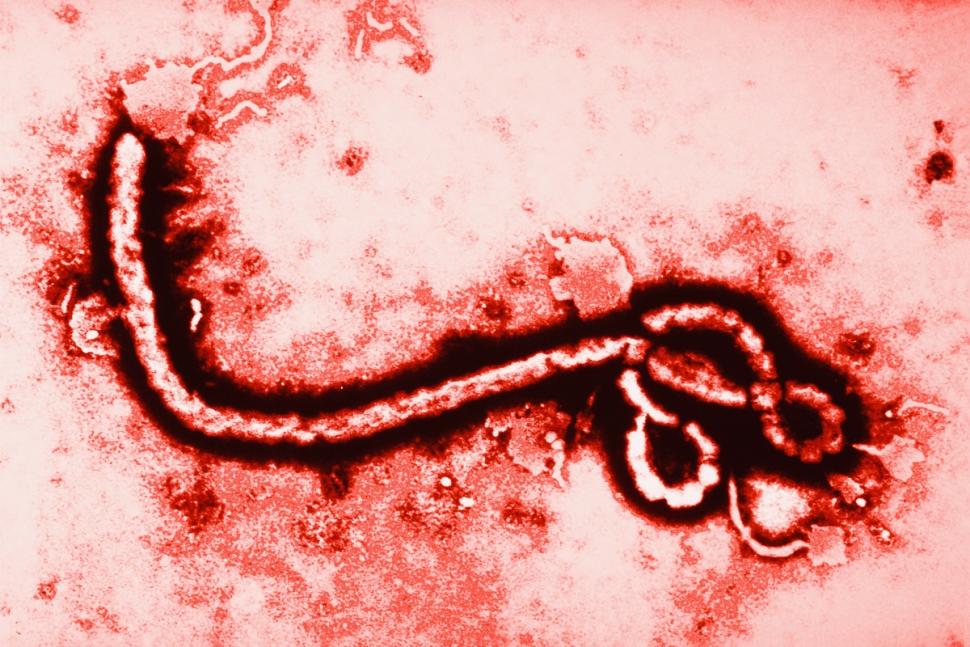
ViroCap has a massive success rate that is causing excitement in the medical community.
Researchers have successfully created a new test that could eliminate the need for needles in testing for viruses — and dramatically increase the success rate of doctors trying to diagnose an illness.
It’s called ViroCap, and while the test is not ready for use in patients just yet, it has passed a big clinical trial that is paving the way for its eventual entry into the market, according to a UPI report.
ViroCap supposedly can detect any virus known to man — and animals — and it could help doctors who don’t know what they’re looking for spot a virus without having to identify it by the symptoms, which either may not be present or may overlap with the symptoms of a lot of other viruses, making identifying the disease difficult.
While the trial was successful, more tests will be needed to verify its accuracy, but it is an exciting development for the medical community.
Dr. Gregory Storch, who is a professor of pediatrics at Washington University in St. Louis, said that doctors now don’t have to know what they’re looking for thanks to ViroCap, he said in a statement as quoted by the report. Instead, they can cast a “broad net” that will be capable of detecting viruses, even when they are at low levels.
The test will be “especially useful in situations where a diagnosis remains elusive after standard testing or in situations in which the cause of a disease outbreak is unknown,” he said.
In order to come to their conclusions, the research team looked at 34 organism families. They found that ViroCap works just as well as a standard virus detecting method — polymerase chain reaction (PCR) — but unlike PCR, it can test for all of the viruses at the same time, as well as variations of other common viruses. That means doctors could conceivably spot a virus without a person even displaying symptoms, or even when the doctor was looking for a different virus.
PCR was put right up against ViroCap in this trial, as researchers examined two sets of blood, stool, and nasal samples, and they found that PCR was pretty successful: it spotted viruses 10 out of 14 times. But ViroCap was able to nab the other four — common viruses that PCR missed like influenza B, herpes virus 1, a gastrointestinal virus, and the chickenpox virus.
Then, they tried it with children who had fevers. PCR was successful in spotting 11 viruses in 8 children, but ViroCap spotted 7 more.
In all, ViroCap represented a 52 percent improvement over PCR, detecting 32 viruses versus the 21 PCR was able to detect, according to the report.
It’s an incredibly sensitive test that can do more than just spot viruses, it can spot variations that are related to those viruses. This is important because PCR and currently available tests aren’t able to do this, and it can lead to critical time lost in diagnosing the disease, as early detection is always important in the medical world when treating an ailment. Doctors without these tests would be blind, depending on symptoms which often are common to many viruses to narrow it down.
Scientists will continue to make the test better and validate that it is accurate with further trials, and they will release results to the community so other can improve on it as well. Even though it may be years from being implement, ViroCap represents an exciting new possibility for treating patients and stopping viruses in their tracks. It could also improve science’s understanding of viruses, as the medical community will have a more accurate record of what viruses are infecting the population and to what extent.
In the meantime, the medical community will have to continue to rely on the polymerase chain reaction (PCR) technology, which is used to amplify a single of a piece of DNA, creating up to millions of copies of a DNA sequence. It was developed all the way back in 1983 and has changed the scientific community ever since it was discovered. Now, it is the most common technique used in research labs for many applications, including DNA cloning, analysis of genes, and, of course, the diagnosis of diseases — both hereditary and infectious. The discovery was so game-changing in the medical community that Kary Mullis, who developed PCR, won the 1993 Nobel Prize in Chemistry.
PCR works via thermal cycling, where it repeatedly heats and cools the reaction for DNA melting. As PCR progresses, it generates DNA that it replicates, causing a chain reaction and enabling genetic manipulations.
Is ViroCap ready to take PCR’s place after decades in service? Maybe, but not quite yet.

Leave a Reply